


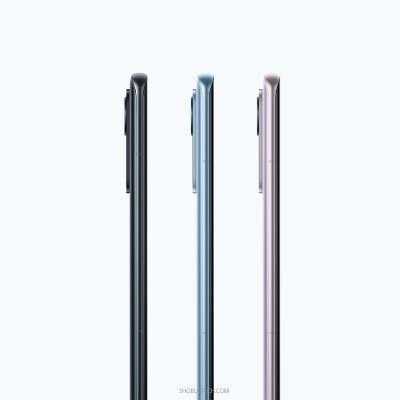
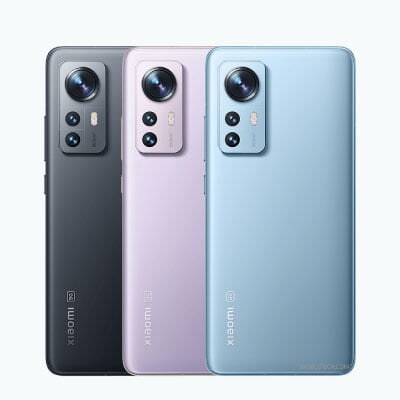
| Name | - Xiaomi 12X |
| Status | - Available |
| Announced | - December 28, 2021 |
| Released | - December 31, 2021 |
| Ex. Price |
- $ 440.00 - € 532.00 |
| Sim Type | - Dual SIM |
| Technology |
- GSM, CDMA, HSPA - EVDO, LTE, 5G |
| Speed |
- HSPA - LTE-A - 5G |
| Dimensions |
- 152.7 x 69.9 x 8.2 mm - 6.01 x 2.75 x 0.32 in |
| Weight | - 176 g (6.21 oz) |
| Build |
- Back Plastic - Frame Metal |
| Color |
- Gray - Blue - Purple |
| Features | - N/A |
| Display Type | - AMOLED |
| Display Size | - 6.28 inches |
| S. T. B. Ratio | - 89.2% |
| Resolution | - 1080 x 2400 pixels |
| Aspect Ratio | - 20:9 |
| Pixel Density | - 419 ppi |
| Display Features |
- 68B colors - Dolby Vision - HDR10+ - 1100 nits (peak) |
| Touch Screen | - Yes |
| Refresh Rate | - 120Hz |
| Protection | - Corning Gorilla Glass Victus |
| OS | - Android 11 |
| Custom UI | - MIUI 13 |
| Chipset | - Qualcomm SM8250-AC Snapdragon 870 5G (7 nm) |
| CPU | - Octa-core |
| Architecture |
- 1x3.2 GHz Kryo 585 - 3x2.42 GHz Kryo 585 - 4x1.80 GHz Kryo 585 |
| GPU | - Adreno 650 |
| Storage Type | - UFS 3.1 |
| RAM & ROM |
- 8GB RAM 128GB ROM - 8GB RAM 256GB ROM - 12GB RAM 256GB ROM |
| RAM Type | - LPDDR5 |
| SD Card Slot | - No |
| Setup | - Triple |
| Camera |
- 50 MP, f/1.9, 26mm (Wide), PDAF, OIS - 13 MP, f/2.4, 12mm, 123˚ (Ultrawide) - 5 MP, f/2.4, 50mm (Telephoto macro), AF |
| Features |
- Dual-LED dual-tone flash, - HDR - Panorama |
| Video Recording |
- 8K@24fps - 4K@30/60fps - 1080p@30/120/240/960fps - Gyro-EIS |
| Setup | - Single |
| Camera | - 32 MP, f/2.5, 26mm (Wide) |
| Features |
- HDR, - Panorama |
| Video Recording |
- 1080p@30/60fps - 720p@120fps - HDR |
| Speaker |
- Yes - Stereo speakers |
| Audio |
- Yes - 24-bit/192kHz audio - Tuned by Harman Kardon |
| Video | - Yes |
| Recording | - Yes |
| 3.5 mm Jack | |
| FM radio | - No |
| Extra Mic | - Yes |
| Fingerprint |
- Yes - Under the display (Optical) |
| Face Unlock |
| WLAN |
- Wi-Fi 802.11 a/b/g/n/ac - Wi-Fi 6 (market dependent) - Dual-band, - Wi-Fi Direct |
| Bluetooth | - 5.1 / 5.2, A2DP, LE |
| GPS |
- GPS (L1+L5), GLONASS (L1), BDS (B1I+B1c+B2a) - GALILEO (E1+E5a), QZSS (L1+L5), NavIC (L5) |
| NFC | Yes |
| USB |
- USB Type-C 2.0 - OTG |
| Sensors |
- Fingerprint - Accelerometer - Proximity - Gyro - Compass |
| Infrared port |
| Battery Type | - Non-Removable Lithium Polymer |
| Capacity | - 4500 mAh |
| Charging |
- 67W wired, PD3.0 - QC4 - 100% in 39 min (advertised) |
We do not guarantee that the information of this page is 100% accurate and up to date.
It’s official. The Xiaomi 12 flagship trio has finally made it to the global market. It’s similar to a Lite model of Xiaomi 12, yet it’s highly robust. It is a lightweight phone. The Xiaomi 12X is an extremely slim and lightweight phone which is a treat for eyes that are tired in 2022 year. The lower price can make the Xiaomi 12X the more appealing phone to look at. It uses a reliable chip, a stunning display, the latest photography capabilities, and fast charging.
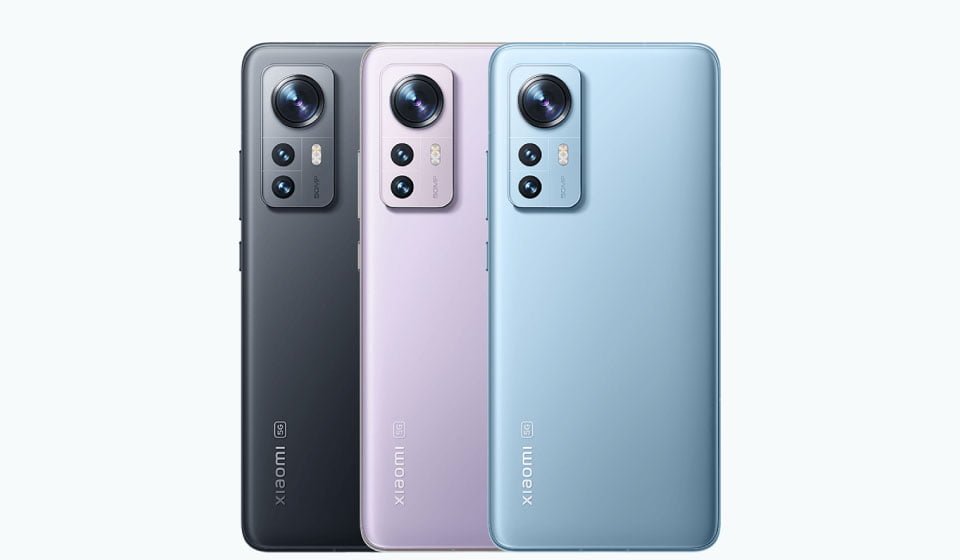
The Xiaomi 12X offers a 6.28-inch AMOLED screen with Full HD resolution, supports dynamic 120Hz refresh rate, 480Hz touch sample rate, HDR10+, Dolby vision support, and protects with Gorilla Glass Victus protection. The 12X screen is a smartphone with 12-bit native colour support for every pixel, which can display more than an era of 68 billion colours This is the best way to appreciate Dolby Vision.
We also can have Snapdragon 870 5G, which has proved to be among the most popular flagship-grade chipsets because of its superior performance and excellent battery efficiency. It has a 50MP OIS primary camera, ultrawide 13MP, and a 5MP Tele macro with AF. The ability to capture Video in 8K is there, as well as a variety of other modes of shooting. The camera on the front uses a 32MP of the sensor.
The Xiaomi 12X has the best Harman-Kardon stereo speaker system and supports Dolby Atmos. It can be a fantastic complement to its Dolby Vision LCD. The phone has a mAh battery of 4,500mAh and support for 67W fast charging, which is an important feature worth having.
A zoom camera, or at least lossless zoom, is an issue since the 12X can process and crop high-res images while moving. Despite these doubts, this Xiaomi 12X looks like one of the most beautiful phones available due to its superb balance of high-end capabilities, power, and cost. Therefore, without further delay, let us introduce this Xiaomi 12X.
The Xiaomi 12X can be described as an outstanding phone with a well-balanced design, attractive looks, and a compact footprint. This Xiaomi 12X is one of the slimmest Android flagships available. As with many high-end smartphones, the Xiaomi 12X has a dual-glass design and an aluminium chassis with an aluminium frame visible with an ebony surface. The front panel is just as bent as the rear creating a perfect shape that is easy to appreciate.
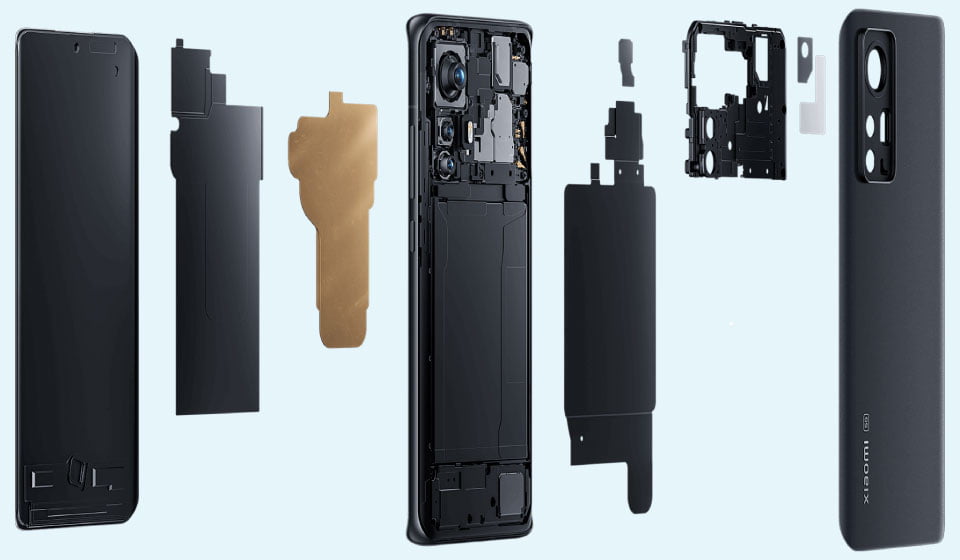
Xiaomi uses an obliquely curled piece of Gorilla Glass Victus in front of the screen. The back side is covered in the Gorilla Glass 5 piece of the same form. The fame has a slight curvature on every side, but it’s not enough to detract from the grip it gives. The two outlets at the upper and lower grilles are identical and symmetrical. The Xiaomi 12X doesn’t have formal IP certification, which means it isn’t dust or waterproof. However, a Xiaomi representative has confirmed that the three Xiaomi 12 phones can protect against splash and dust. It’s apparent when you pop the SIM tray to open. It could be better, evidently, but it’s more than adequate.
The new 6.28-inch 12-bit AMOLED is on the front. It brings high-end features, including a 60Hz dynamic refresh rate, 120Hz tactile response HDR10+, and Dolby Eyes-Free support. The screen’s bezels are slim, and the hole for your selfie lens is small. The phone has an under-display fingerprint scanner which works almost wholly. The scanner wakes up when you press the glass. It scans the glass and unlocks your phone within a matter of seconds. Over the display, you will find an almost invisible and thin outlet. This speaker is to serve as an earpiece. The sound comes from the upper speaker.
The Xiaomi 12X has an electronic proximity sensor. The reverse of Xiaomi 12X looks stunning and chic. Fingerprints and smudges will stick on the Gorilla Glass piece, though they’re not as evident as on the black model. The purple hue isn’t noticeable, and should it catch the light of a bright beam, It will disperse the light in a very relaxed manner. The main feature on the backside is the camera’s rectangular island. It has a 50MP primary camera, surrounded by a tiny metal ring, an ultrawide 13MP flush, and a 5MP camera for macros. The flash is also there.
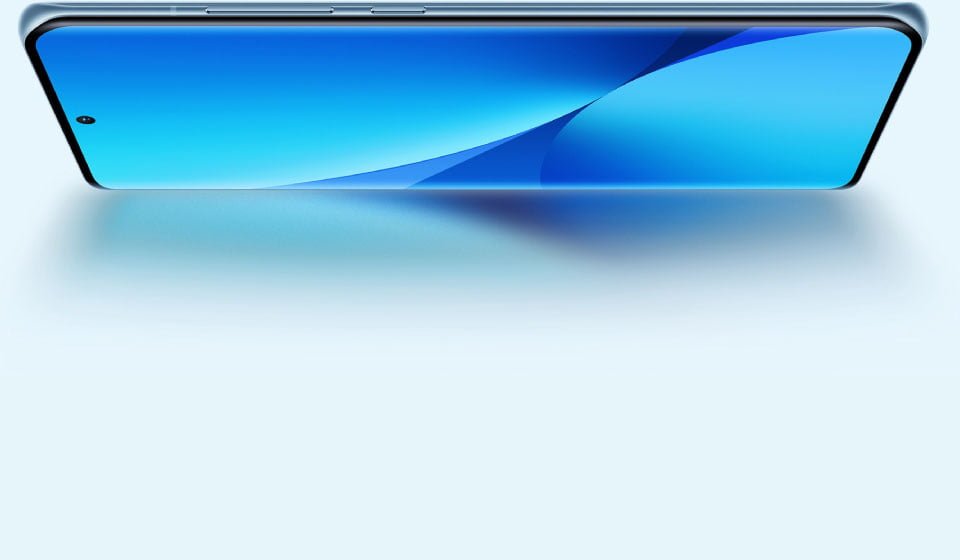
The camera’s configuration sticks out quite a bit, which makes the Xiaomi 12X wobble when placed on desks. If this is too bothersome, the case can lessen the wobbling. Let’s now examine the frame. There’s nothing on the right side of the 12X. The volume and power/lock keys are to the right, as is the norm. A speaker, an IR blaster, and another microphone are on top of the Xiaomi 12X. The bottom is home to a primary microphone, the second speaker, the USB-C port, and the Dual-SIM slot.
The Xiaomi 12X’s dimensions are 152.7 x 69.9 8.2 x 8.2 millimeters. It weighs 176g – which is 7mm higher than the latest Galaxy S22 (which has a slightly larger 6.1″ screen). The handling experience of the 12X is superb – it’s slim and light with a solid and durable enough construction and a gorgeous and not-too-flashy design. The Xiaomi 12X is a one-hand mobile. It’s comfortable.
The Xiaomi 12X comes with a 6.28-inch AMOLED display with 1080 pixels resolution. It’s the first screen that has a 12-bit native color and can display more than an era of 68 billion colors. It’s the same display you discover in Xiaomi 12. Xiaomi 12, meaning success is shared.
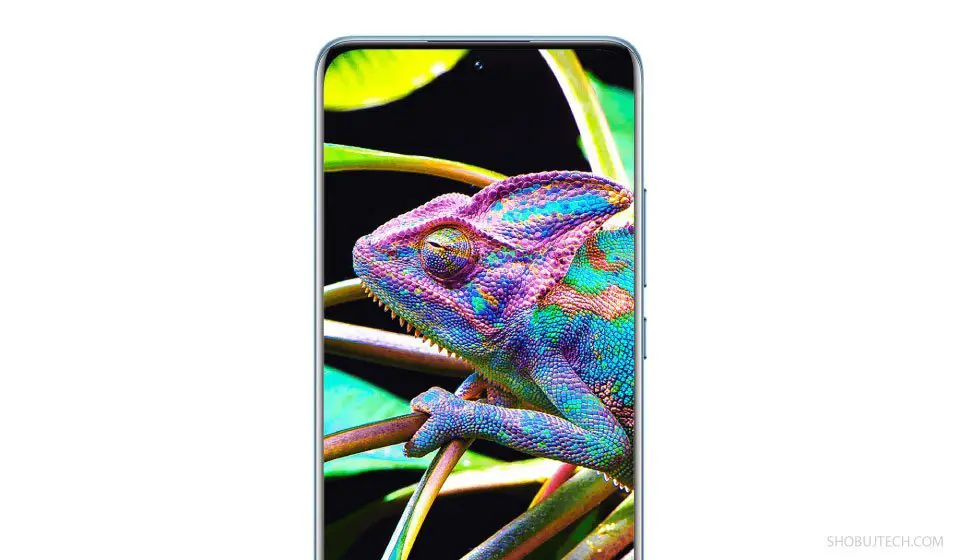
The OLED panel in the Xiaomi 12X comes with resolutions of 1,080 x 2400 px, or 419 ppi. It has a 120Hz dynamic high refresh rate, up to 480Hz touchscreen sampling rate, and is HDR10+ supported and Dolby Vision-certified. It is secured by a curving part made of Gorilla Glass Victus.
The screen is compatible with Auto and Custom refresh rates. It is possible to select Auto. Auto option is the standard for dynamic, which switches between 60Hz 90Hz, and 120hz when needed. If you choose Custom, you can select from 60Hz, 120Hz, and 60Hz. Of course, the 60Hz rate is fixed, and 120Hz provides the same dynamic switch as Auto.
Suppose you’ve picked Auto as well as 120Hz. The Xiaomi 12X is compatible with Widevine L1 DRM. It can deliver Dolby vision streaming content quickly. We experience an exceptional streaming experience of the best quality possible.
The Xiaomi 12X runs Android 11 with MIUI 13 version. The all-new features are available on MIUI 13. However, they’ll provide a more effortless, efficient, and secure experience.
The currently available version, MIUI 13, is based on Android 11. It doesn’t include Android 12 features like the updated widgets or the Privacy Dashboard or options such as an encrypted clipboard, an approximate location, and an updated Face Unlock algorithm. The new version of the File Manager and the Clock application, which includes Bedtime mode, are not to be found.
But Xiaomi claims that MIUI is completely revamped. However, you need help to see it from the interface and design. It looks and feels similar to MIUI 12. However, the new version concentrates on a much better distribution of resources. It will handle RAM, processors, and storage usage more efficiently.
For instance, MIUI 13 is supposed to monitor the usage of RAM and processor and stop unnecessary tasks to free up resources and give users better performance. Xiaomi promises an improvement in background processing efficiency of as much as 40% over the prior version.
Liquid storage sounds excellent and is a necessity for contemporary smartphones. Xiaomi claims that on the majority of phones, the performance of storage was reduced by half within 36 months because of inefficient storage management. So, MIUI 13 comes in – it provides 60% more efficiency than MIUI 12 and different competitors. It means that the performance decrease over 36 months is only five percent. This feature is impressive, and I hope this feature can live up to the hype.
The final tweak made in MIUI’s core is power management. The new version’s improvement should result in an increase of 10% in power consumption relative to MIUI 12’s.
The Xiaomi 12X comes with an always-on display. It can always be active, scheduled, or appear for 5 seconds after the tap. There are many AOD themes to choose this store. Some of them are also customizable. The light that illuminates your breathing is known as the notification in MIUI 13. It is a feature that can use in conjunction with Always-on Display. It’s a more sophisticated variant of the LED for information which utilizes displays’ edges. They flash in color upon new notifications.
The display has a fingerprint scanner under the collection. The scanner is simple to set up, extremely fast, and the precision is exceptional. The option of 2D facial Unlock is also available; however, it’s less secure than fingerprints. The home screen function like they always are – they’re filled with folders, shortcuts, and widgets. If it is enabled, the leftmost pane of the screen is Google’s Discover.
MIUI 13 offers an app drawer that automatically sorts all your applications into different categories. You can also disable the app drawer if you don’t like it. Like MIUI 12, MIUI 13 comes with a unidirectional Notification shade and Control Center.
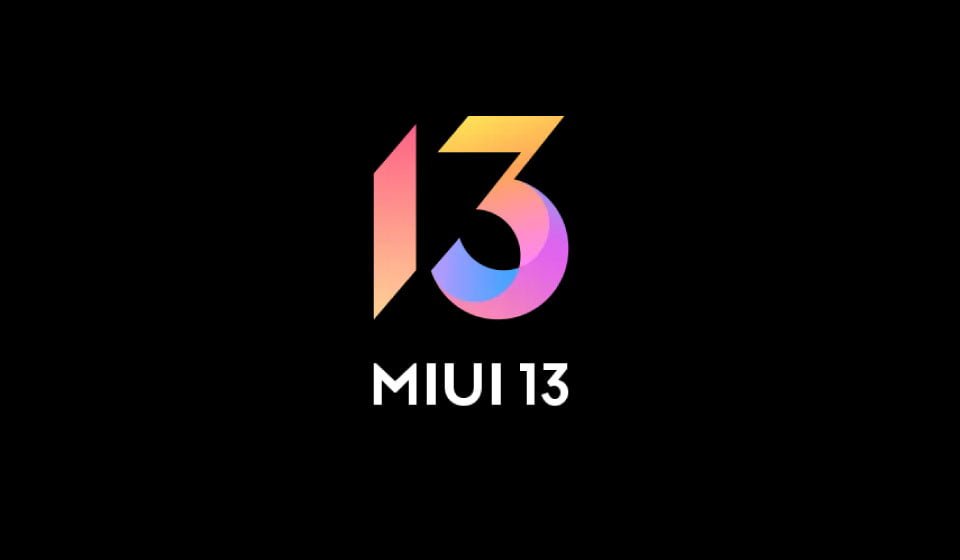
The task switcher is a familiar feature and is also a standard feature. Suppose you’ve ever owned a Xiaomi. It displays all of your most recent apps in two columns. You can hold and tap any card to access the split-screen shortcuts and pop-up shortcuts or swipe it to the left or right to shut it down.
There’s a Floating Windows button that is on over everything else. It is possible to put any compatible application in a floating state. However, you can only use one floating window at a given time. Themes are always a significant element of MIUI and are now available for download on MIUI 13. It is possible to download the latest themes via the Themes store and modify wallpapers, ringtones, and icons on the system and the constantly-on display design.
MIUI offers multimedia apps, including Gallery, Music, and Mi Video (with streaming capabilities). An MIUI File Manager is also available. There is also a Mi Remote App that utilizes the integrated IR blaster.
MIUI also has a security app. It can scan your phone for malware. You can also manage your data usage, limit or manage data usage, set battery behavior, and free up RAM. It can control permissions, set battery behavior, restrict particular apps, and limit access. MIUI 13 has a memory extension option. It’s activated by default. It can store up to 3GB of internal storage as a RAM extension. Here are the less critical memory blocks.
A small mark can identify the Smart Sidebar at the edge of your screen that expands into an interactive menu when you swipe on it. From here, you can launch apps in pop-up windows. You can also customize the actions of this menu. Imagine you’re in a multimedia app like YouTube, Mi Video, or Gallery. You will see the Video toolbox beside the shortcuts. It contains shortcuts for Screenshot and Record screen, Cast, Play Video with the screen off, and Screenshot, Record screen, Cast, and Dolby Atmos switches. The last one works on YouTube; no premium subscription is required!
There are other interesting MIUI 13 enhancements you might not notice, such as a better screenshot editor and a battery page with performance mode. Take a screenshot to see a modern interface with text, brushes, erasers, and text. Four battery options are on the Battery page: two power-saving, one default, and one performance option. This option may give you a slight performance boost but can also cause throttling.
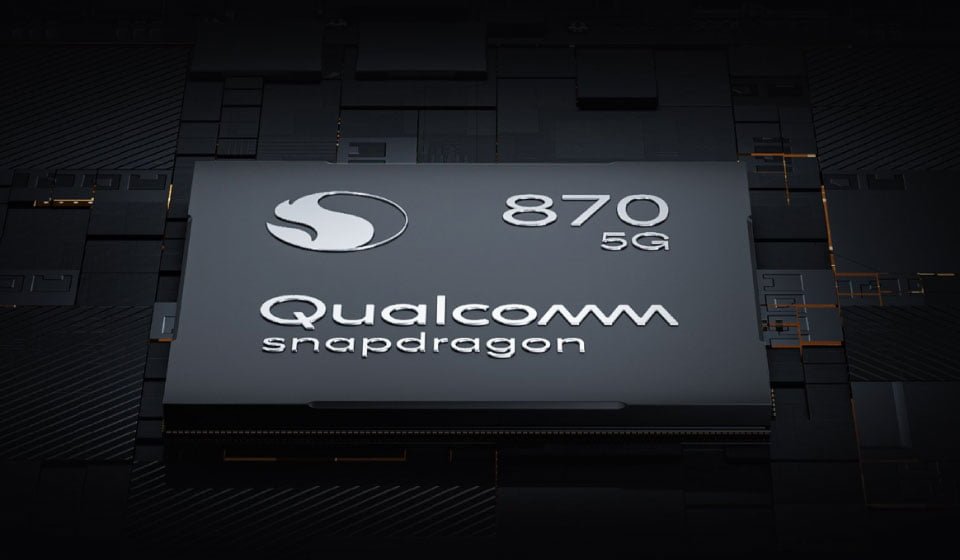
The Snapdragon 870 5G chipset is used in the Xiaomi 12X. The Snapdragon 870 chipset by Qualcomm is the latest flagship model. It offers all modern connectivity options and powerful performance. Additionally, it has better thermals which reduce throttling.
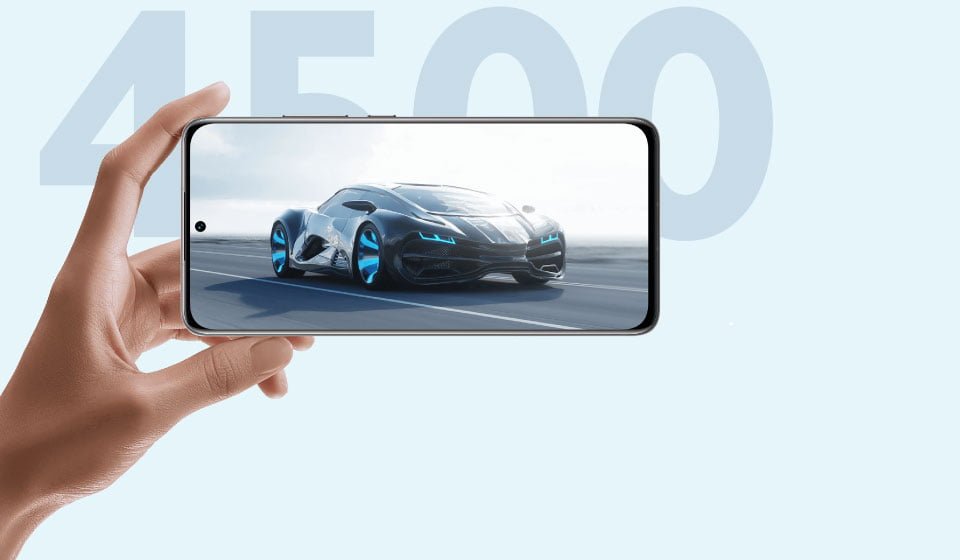
The Snapdragon 870 is an octa-core processor that has one Kryo Prime core (Cortex A77) running at 3.2GHz, three Kryo Gold (Cortex A77) souls running at 2.42GHz, and four Kryo Silver bodies (Cortex A55) ticking at 1.5GHz. This chip features an Adreno 650 GPU. It will enable smooth HRR gaming on a 1080p screen. Xiaomi 12X with its modern chipset and 5G support, among other connectivity options.
Xiaomi 12X will launch with 8GB RAM and 256GB storage. Xiaomi expects to launch two additional variants within the next few days – the base model with 8GB RAM + 128GB storage and the limited edition with 12GB RAM + 256GB storage.
The Xiaomi 12X features a high-res primary camera with OIS and regular ultrawide shots and a 5MP camera equipped with a Tele macro lens to take high-quality close-ups.
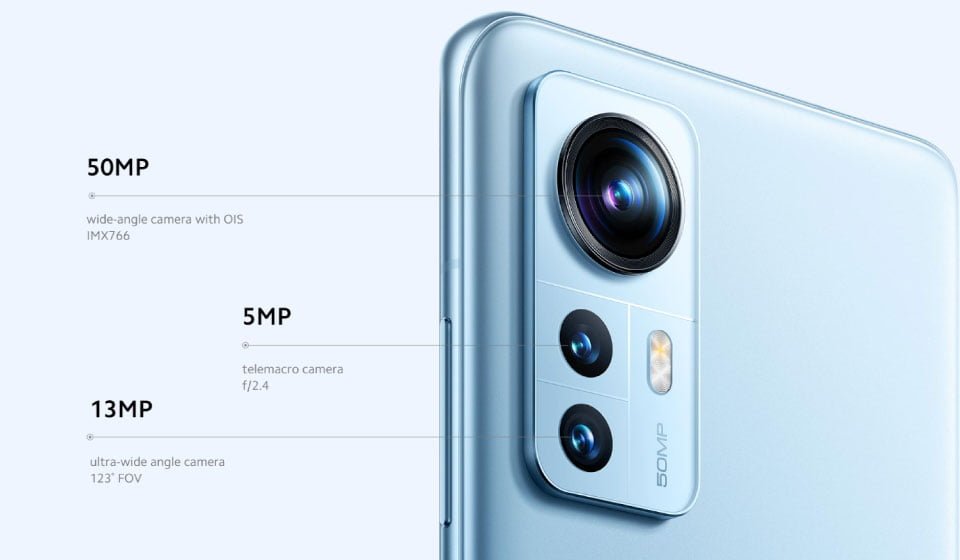
The primary camera is a 50MP Sony IMX766 sensor. It measures 1/1.56 inches in size and has a 1.0um filter. This filter allows the primary camera to combine four adjacent pixels, resulting in photos that are 50/4=12.5MP.
This sensor is paired to a 24-mm 6-element lens with an f/1.88 aperture. Ultrawide cameras use a 13MP OmniVision OV13B10 sensor with 1.12um pixels and a 14mm f/2.4 zoom lens. The focus is fixed.
The macro camera uses a 5MP Samsung S5K5E9 1″ sensor with 1.12um pixels and a 50mm Tele macro lens at f/2.4. It is possible to focus at distances of 3cm to 9cm. The 32MP OmniVision OV32B40 1/3″ Tetra-pixel sensor has 0.7um pixels. For some reason, the default output is 32MP.
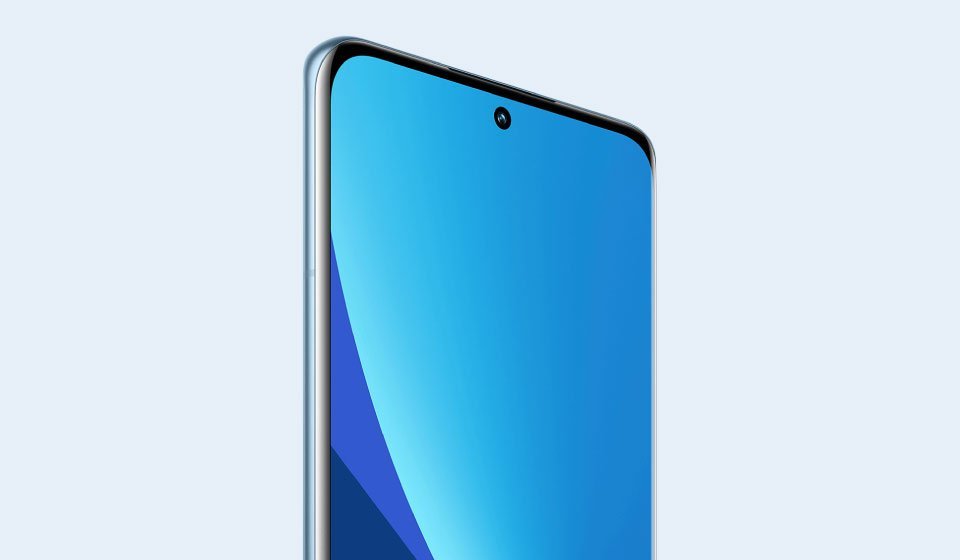
The camera app is straightforward to use and intuitive. Changing modes is done with sideswipes (on this page, using the scroller). You can also change them directly by tapping on the option. For switching between front and rear cameras, up and down swipes won’t work.
The primary camera can record 8K videos at 24fps and 4K videos up to 60fps. Ultrawide cameras can also record 4K videos at 30fps and 4K up to 60fps. The macro camera can capture 1080p@30fps. The primary camera has optical stabilization, but electronic stabilization can be used on all snappers except the macro.
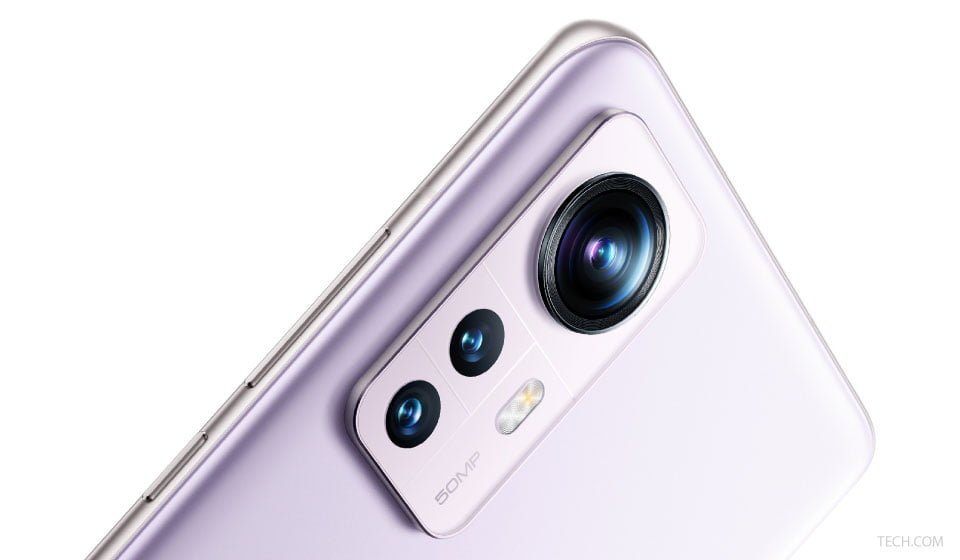
There’s also Super Steady Mode, which is shot with the primary camera. It focuses more on stability than quality, like an action camera. Super Steady Pro mode, which utilizes the ultrawide camera with heavy cropping to provide even more stable footage, is also available. The video bitrate for 8K is 100Mbps, and for 4K is 50Mbps. Audio is recorded in stereo at a high-level 320kbps bitrate.
The Xiaomi 12X features two separate speakers at its top and bottom, which are symmetrically located under large grilles. As an earpiece, the principal speaker also has a face-facing outlet. The thin front hole is used to provide directional sound for calls. For everything else, you can hear it from all three outlets – front, top, and bottom.
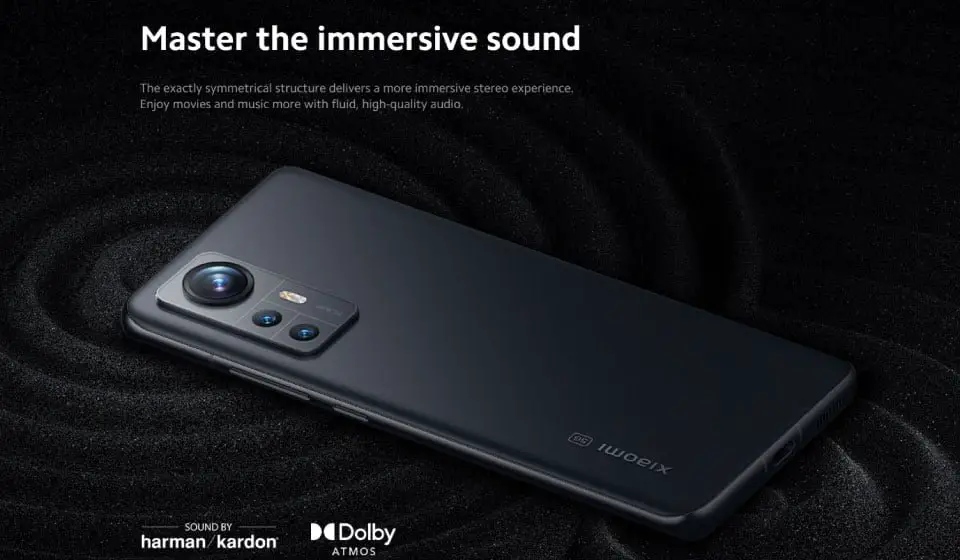
They sound great and are perfectly balanced. Harman/Kardon is responsible for tuning the speakers. Dolby Atmos supports more decadent, more robust, and more profound audio.
The Xiaomi 12X has a 4,500mAh battery as the Xiaomi 12; it runs on the more efficient Snapdragon 870 5G chipset. The Xiaomi 12X supports fast wired charging at 67W. The Xiaomi 12X comes with a 6A-rated 6-A cable and a 67W charger.
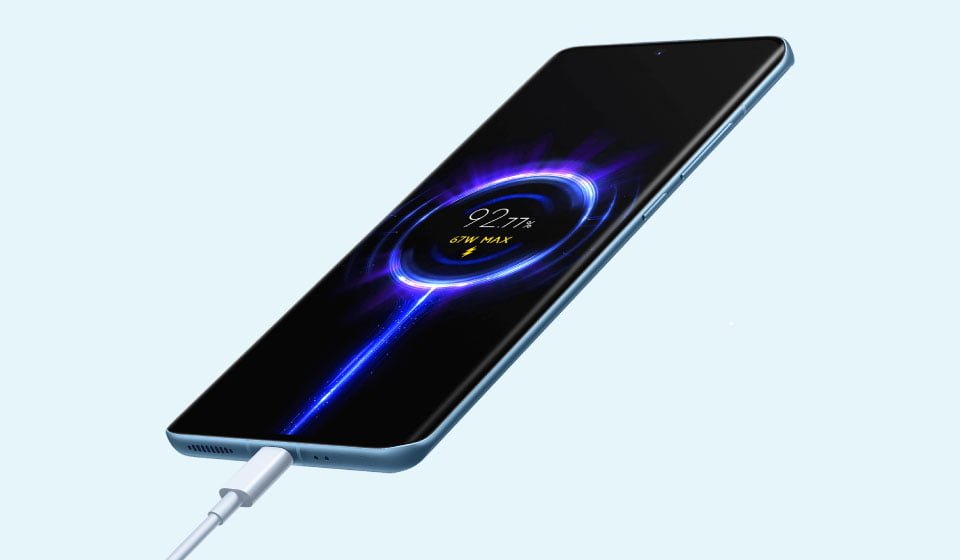
The 67W charger charges the battery in just 15 minutes, taking it from 0 to 45% to 78% in under 30 minutes. This charger is high-speed. The charger takes 48 minutes to charge fully. It’s slower than the Xiaomi 12 Pro’s 120W charging, but it’s still an excellent result.
The Xiaomi 12X smartphone is a wise choice. It has a stunning display and is the first to offer native 12-bit color. It boasts flagship-grade connectivity and performance, a premium speaker experience, long battery life, fast charging, and a long-lasting battery. We were also pleased with the camera quality.
The Xiaomi 12X does not have ingress protection or zoom capabilities. It is something we expect from a smartphone priced at EUR700. We didn’t expect to get both at this price or this year, but we recommend the Xiaomi 12X if one of these features is available.
Even though the display is not as sharp, there are many better phones than the 12X. The Xiaomi 12X is an all-new phone. As it happens, older flagships are often cheaper and more affordable than the 12X. The Xiaomi 12X is a likable smartphone that costs a fair amount in 2023 terms.